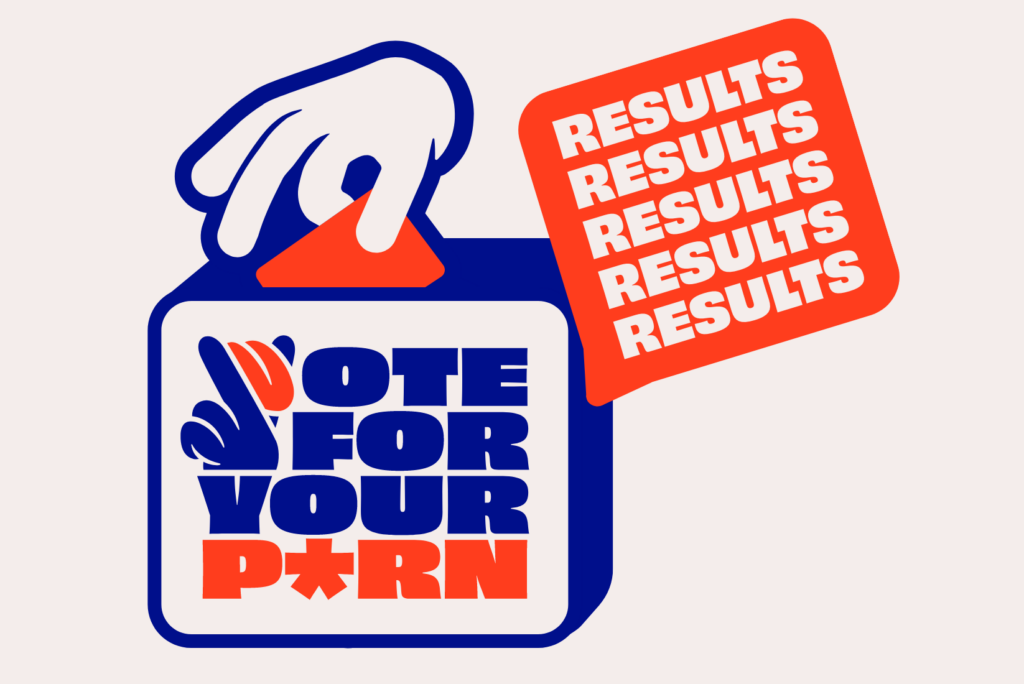The Netflix documentary series Love, Sex and Goop explores sexual wellness, with the show’s featured couples seeking to rekindle their sexuality through coaching. Notably, Jaiya Ma’s “Erotic Blueprints” has earned fresh interest.
The “Erotic Blueprints” by Jaiya Ma are a framework designed to help individuals and couples understand their unique sexual desires, preferences and communication styles. The concept categorizes people into five distinct erotic blueprints, each representing a different approach to pleasure and intimacy. These blueprints include:
- Energetic: These individuals are highly attuned to energy, ambience and connection. They may find that subtle energy, such as breath and direct touch, plays a significant role in their arousal.
- Sensual: These individuals appreciate pleasure through the five senses—touch, taste, smell, sight and sound. They often prioritize a luxurious and comfortable environment to enhance their sexual experiences.
- Sexual: Those with this blueprint enjoy a variety of sexual activities and may prioritise nudity, physical pleasure and intensity.
- Kinky: People with a kinky blueprint find excitement in the aspects of sexuality that are considered taboo, adventurous and often unconventional. They may enjoy exploring power dynamics, role-playing or incorporating BDSM elements.
- Shapeshifter: Shapeshifters resonate with a combination of two or more blueprints.
However, the assessment is not always so black and white. In the Pleasure Profile—a paid version of the test—the results are given in percentages, revealing a unique blend of blueprints. It adds an exciting layer to the experience. Let’s be honest, who doesn’t love a quiz about themselves?
Jaiya Ma uses the categories to spark conversation and reflection between couples about their commonalities and differences. The ultimate goal is to work on finding a common “sex language” and to gain insight into existing challenges. The concept is reminiscent of Chapman’s “Five Love Languages,” which also emphasises self-understanding and mindful communicating as foundations of fulfilling relationships.
But back to sex: Does it make sense to make these classifications and what can I do with the results? If so, what for?
Our society often leans towards categorization, acknowledging that while categories are somewhat arbitrary and constructed, they are also useful for self-identification and understanding context. So far so good. Identifying with one or more of the “Erotic Blueprints” prompts some self-reflection: What turns me on? What arouses me physically?
From a sexological perspective, this is exciting, as it provides insights into our identities and our sexual inclinations. However, with Jaiya Ma, there’s no extensive research involved; it’s more about self-discovery and accepting ourselves as we are. Now, the intriguing part is seeing if our partner aligns with our desires or if we have more differences than anticipated.
Netflix vs. Reality
Seducing another person with hopes of a new or intense experience is a great skill, though not an easy one to master—either in sexuality or in life. In Love, Sex and Goop, the featured couples display openness and willingness to experiment (even in public) but on our side of the screen, this isn’t always the case. Just because I know what turns me on doesn’t automatically mean that I can get my partner excited about it as well, especially if the subject is outside of my partner’s experience. Here lies a limitation of the “Erotic Blueprints”: its effectiveness depends on the mutual willingness of both partners. You could easily take the test and conclude that you’re both too different to be compatible!
Promoting communication and self-reflection is always a good idea, and this is where the model excels; its couple-dynamic approach can be helpful in a similar way to couple therapy or counselling.
When it comes to sexuality, we often forget that each person has a profoundly individualized learned sexuality. Yes, this includes specific “turn-ons”—those preferences that work wonders when aroused. And let’s not forget that arousal always is a biological event: breathing patterns change, muscle tension shifts, blood rushes to the genitals and erections occur in the penis and the vulva/vagina.
And so delving into sexual difficulties in partnership is not only about relating along the lines of the lowest common denominator but rather about expanding and learning about one’s sexuality.
What Does This Mean For Me And My Relationship(s)?
If I’m only into dirty talk while my partner prefers to get in the mood with long massages, finding sexual harmony won’t always be simple. But this apparent conflict provides me with an opportunity for new ways of feeling and new ways of accessing pleasure via the best sex tool at my disposal: my own body. When we perceive our bodies as instruments, the potential to expand our musical repertoires is boundless. We can, for instance, add keys or strings or play new chords, allowing ourselves to enjoy new symphonies of pleasure.
This transformation won’t happen overnight; it requires persistent effort. Still, everyone can learn to feel more in sync with their body, allowing easier access to their pleasure. What’s cool about this? The more expansive my mindset and toolkit, the broader my compatibility with others. Finding a partner stops being about finding someone who matches my preferences exactly, but rather about shifting between different movements, touches or games, all of which I find pleasing.
Understanding your body’s tools—breath, tension, speed variation and range of movement—provides a wealth of possibilities during sex. It empowers you to please yourself to a certain extent, freeing you from complete reliance on your partner to fulfil all of your specific needs.
While the “Erotic Blueprints” may not include this helpful approach, this useful map can be a great introduction to understanding your pleasure in greater detail. Sometimes, just talking about it can open a new level in the relationship. It might also inspire you to try something new.
For those who find that not only works well but is also fun, we support you! In the long run, however, it may prove insufficient for bringing about lasting change to your sex life.
It’s important to keep in mind the inherent challenge of altering decades-old behaviours deeply ingrained as habits and as expressions of identity, such as one’s sexuality. Learning your blueprint or your partner’s doesn’t offer a straightforward path to transformation for everyone.
Change always involves expanding one’s options. This way, one becomes less dependent on a singular approach to every situation. But here’s a comforting truth: We are not solely dependent on others, but have control in our own hands, both in life and in sexuality!


Understand Your Pleasure With the CHEEX Sensuality Quiz
Understanding our desires and what brings us pleasure can feel like navigating uncharted territory. Each person’s journey is uniquely their own, yet many of us haven’t had the chance to explore these aspects of ourselves in a comfortable, judgment-free way. That’s why we’re excited to introduce a playful journey of self-discovery that engages all five senses – touch, smell, sound, sight, and taste.








